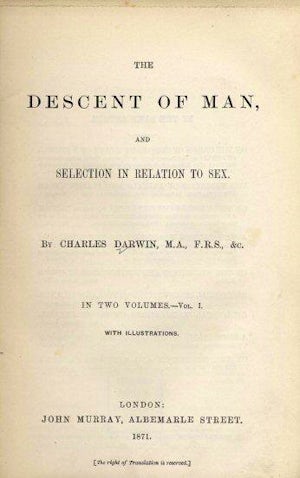1957. Saskatchewan’s residents were quick to embrace a school dedicated to training and helping people with mental disabilities. They took to it so much, in fact, that in just two years after opening the Saskatchewan Training School (STS) had reached capacity of 1,100 residents and had 500 more on its wait-list.
STS had worked at and, according to the numbers, succeeded at gaining the public’s trust. Even in Saskatchewan, people with mental disabilities had a difficult time finding social acceptance. Before STS, the government had people diagnosed with mental and intellectual disabilities sent to the mental hospital in Weyburn for treatment. There they stayed and received treatment apart from the other patients who were there for mental illnesses. Many families sent people to Weyburn to live out their days, receive little treatment and training, and remain largely forgotten by the public. According to one reporter, people with mental disabilities who were unfortunate enough to stay at Weyburn were little more than “living bodies with no real identity.” (Acceptance As Individuals, 1955, p.22)
STS worked at being a different type of institution. Instead of “bodies with no real identity,” the staff worked toward treating every resident (not a patient) as an individual. The residents at the training school would have many of the same opportunities people outside had. They could go to church and school, play games, go to dances, enjoy a picture show, take up a hobby, all while learning a trade and other essential skills. Overall, the goal of STS was to provide training for the residents while making them feel accepted as a person. Early planners of the school located and designed it just for this purpose; the staff carefully maintained this atmosphere for the residents, and at the same time, prepared them to embrace these feelings outside of the school.
While some residents of Saskatchewan took the opening of STS as an opportunity to open a discussion about the treatment of people with mental disabilities (such as The Saskatchewan Association for Community Living), and others criticized the government for its mental health policy, most embraced its efforts and the new school in Moose Jaw. So much so that within two years after opening, the school had filled to its capacity of 1,100 residents and had “a waiting list, which by 1957 was already at 500!” (Ettinger, 1960, p.12). Public pressure forced STS to push past its residential limit and by the 1960s the school had 1,150 people living there.
-Blaine Wickham
Acceptance As Individuals A Key To Their Happiness. (1955, May 13). Moose Jaw Times-Herald, p. 22, 31.
Ettinger, P. (1960, June 28). Large Waiting List for Moose Jaw School. The Star-Phoenix, p. 12
Wickham, B. (2012, September). Valley View Centre Moose Jaw: Report prepared for the Ministry of Parks, Culture and Sport. Retrieved from http://www.tpcs.gov.sk.ca/VVC
Black, D. (2011, Spring) Form Follows Function. Worth: Saskatchewan’s Architectural Heritage Magazine, 12-16.
 1869:
Galton publishes Hereditary Genius
1869:
Galton publishes Hereditary Genius
 1871:
Charles Darwin publishes The Descent of Man
1871:
Charles Darwin publishes The Descent of Man